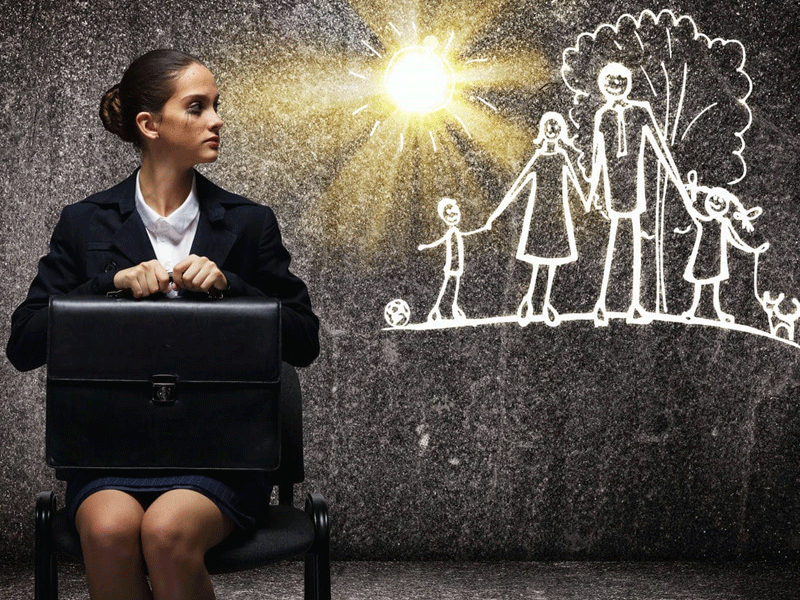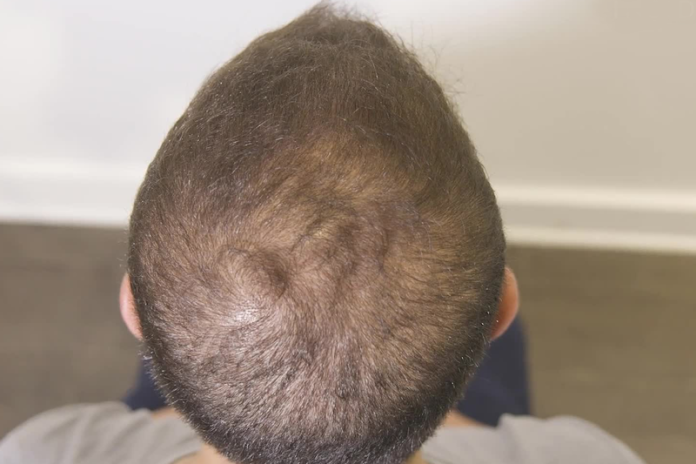Understanding stress: Impact on work and life balance

- 172
- 0
Experiencing stress results from our body's reaction to various pressures, triggered by events that are unfamiliar, unexpected, or threaten our sense of self. Each person handles stress differently, influenced by genetics, early life events, personality traits, and social and economic situations.
The definition of stress has evolved over time, initially viewed as environmental pressure, then as internal strain. Presently, it's understood as the interaction between a situation and an individual, arising when personal resources are insufficient to manage external demands. Stress varies among situations and individuals, impacting goals for both individuals and organizations. Signs of stress manifest in behavioral changes.
When confronted with stress, our body releases hormones initiating a fight-or-flight response, aiding quick reactions to danger. This response can be beneficial, enabling us to surpass fear or discomfort temporarily, like during a marathon or public speaking. Normally, stress hormone levels return to normal post-stress, with no lasting effects. However, there are measures to shield oneself from stress-related harm and enhance job satisfaction.
According to psychologists, moderate stress can enhance focus and energy, assisting in tackling challenges at work. Yet, the modern workplace often fosters extreme stress, resembling an emotional roller coaster. Prolonged stress negatively impacts mental and physical health, job performance, and team participation. Managing work-related stress becomes crucial.
Ambiguity in roles, conflicting responsibilities, and managerial pressure contribute to workplace stress. Opportunities for growth counter stress, whereas factors like criticism, lack of support, or workplace bullying intensify it. Positive work relationships and organizational culture alleviate stress.
Common stressors at work include low pay, heavy workloads, limited growth prospects, unengaging tasks, lack of support, and minimal control over decisions. Such stress affects mental health and performance, leading to anxiety, depression, and physical symptoms like headaches or fatigue.
Chronic stress leads to numerous adverse effects such as headaches, exhaustion, impaired decision-making, anxiety, and depression. This pressure impedes productivity and motivation.
The encroachment of work demands into personal lives adds strain, affecting family and leisure time. Balancing work responsibilities with personal life becomes challenging, forming a cycle where stress from one area spills into the other.
Women often bear more stress due to disproportionate childcare and domestic duties, lower-paying jobs, potential discrimination, and societal norms. Such stress can affect their professional and personal lives, creating a challenging cycle between work and home stressors.
In society, women, facing increased childcare and domestic duties, lower-paying jobs, and potential discrimination, often struggle to balance work and home stress, impacting both spheres of their lives.
Published in The Daily National Courier, December, 19 2023
Like Business on Facebook, follow @DailyNCourier on Twitter to stay informed and join in the conversation.

















































